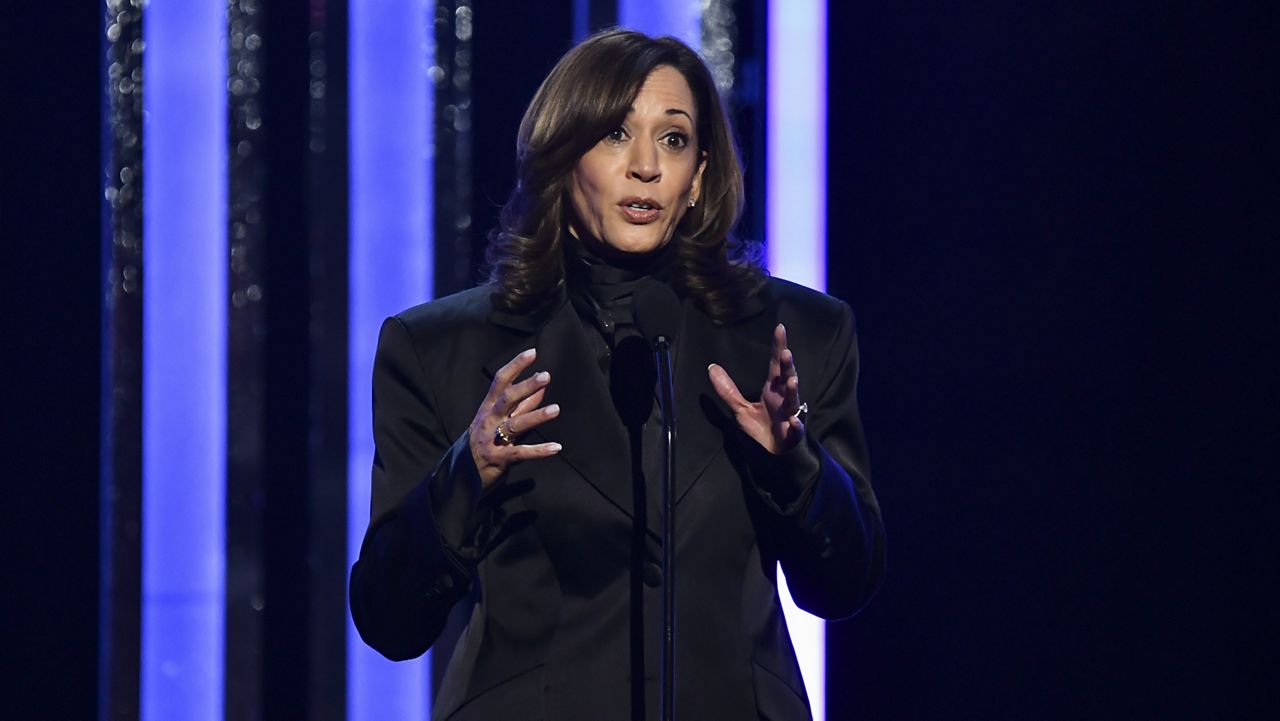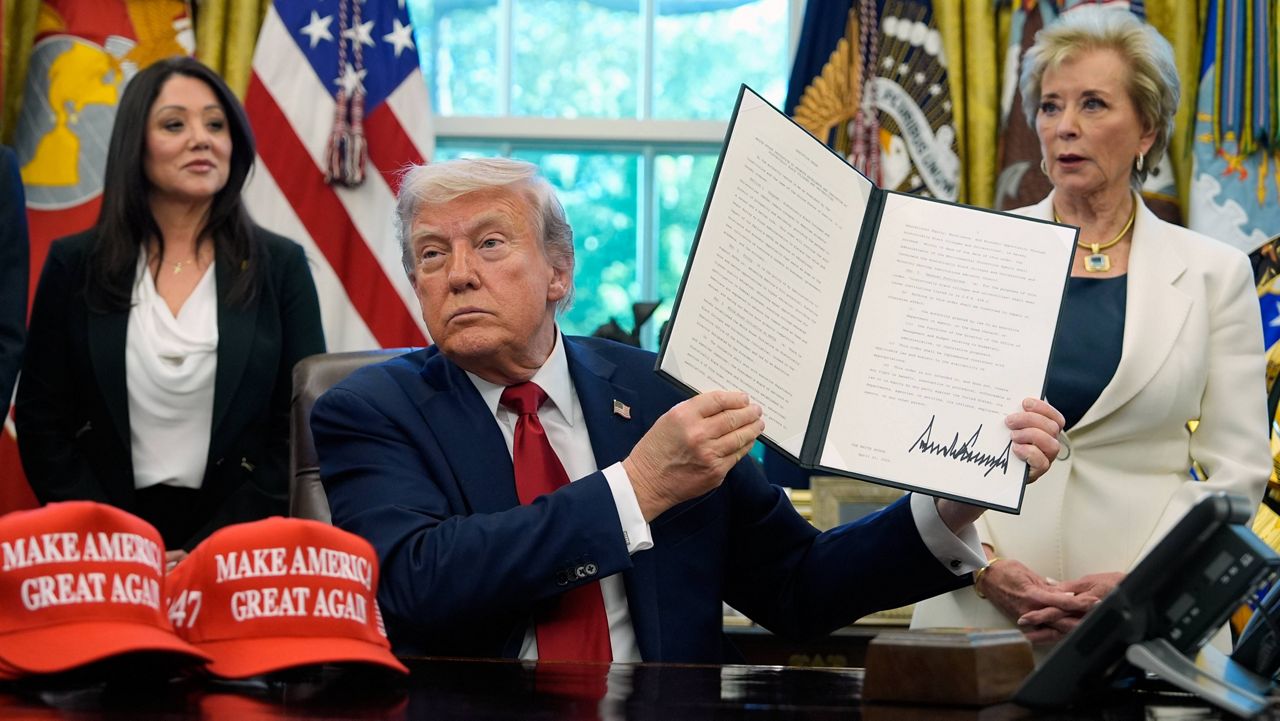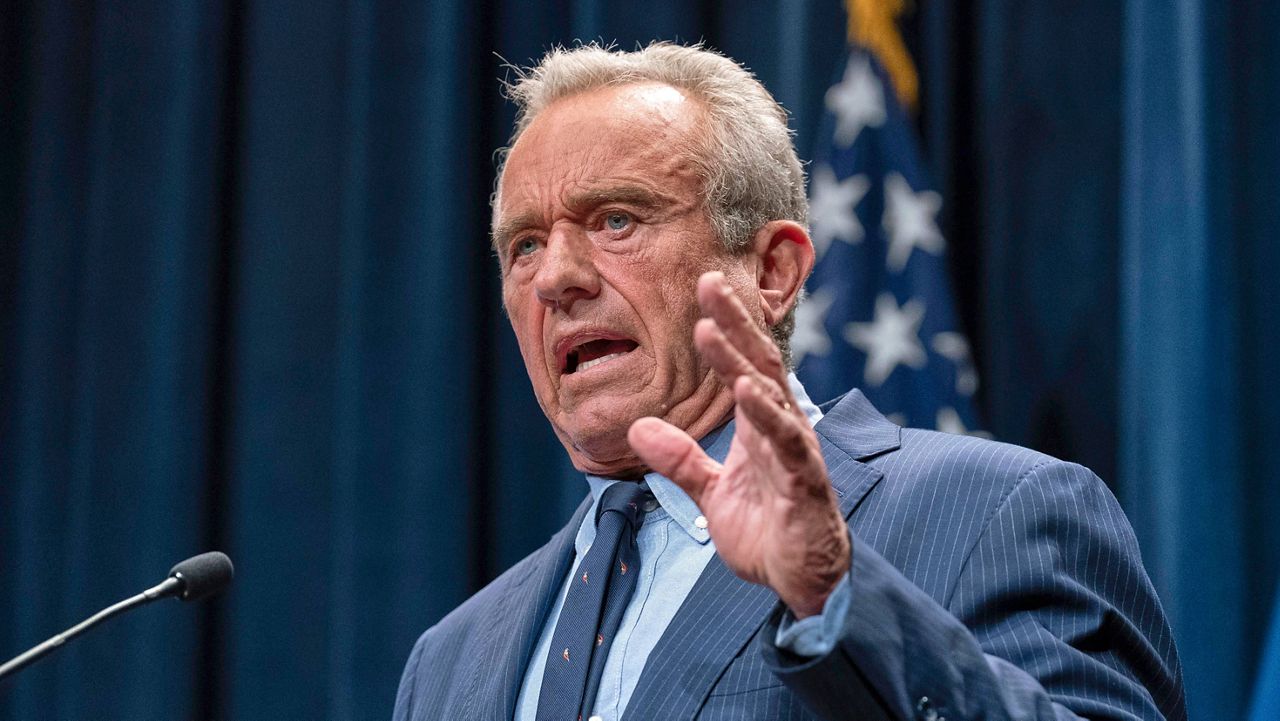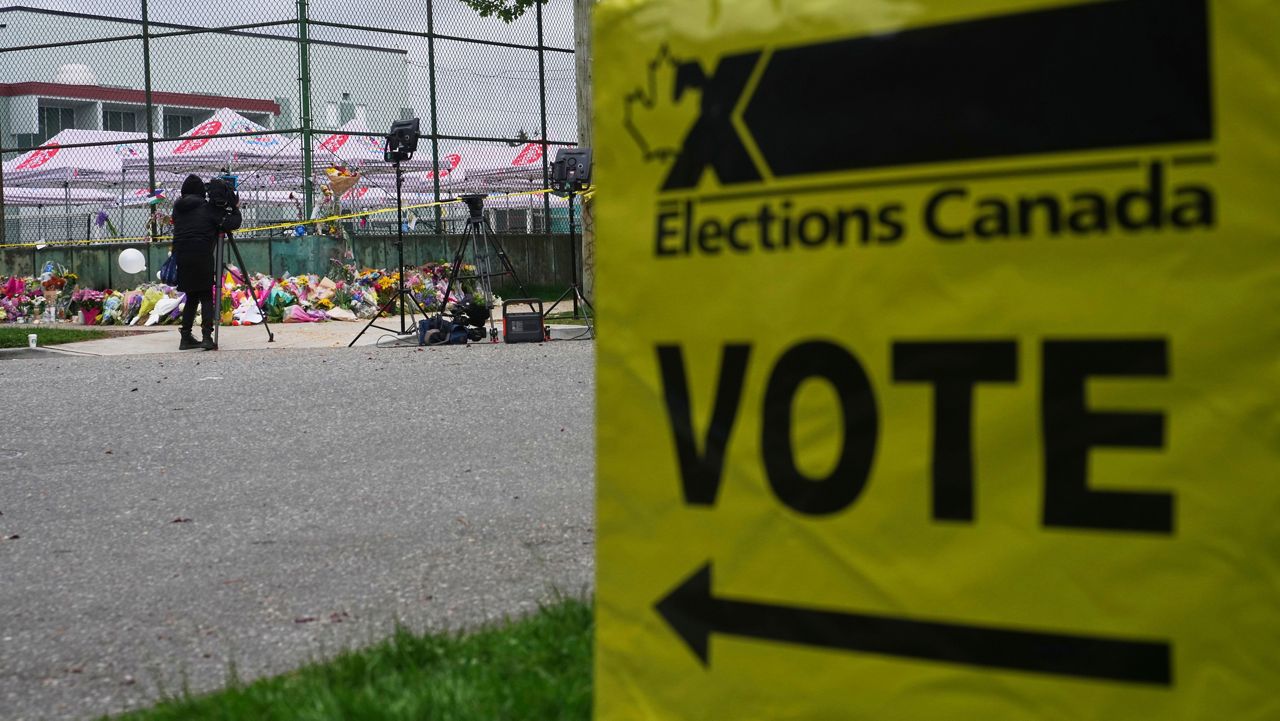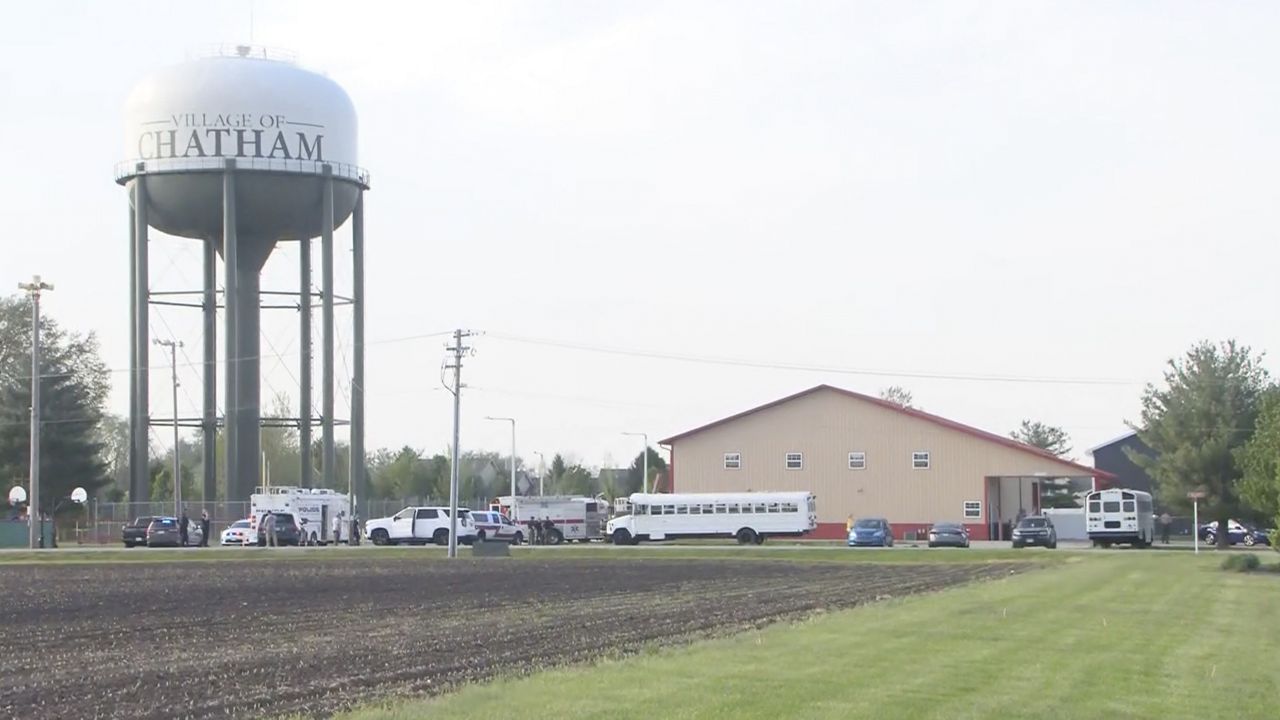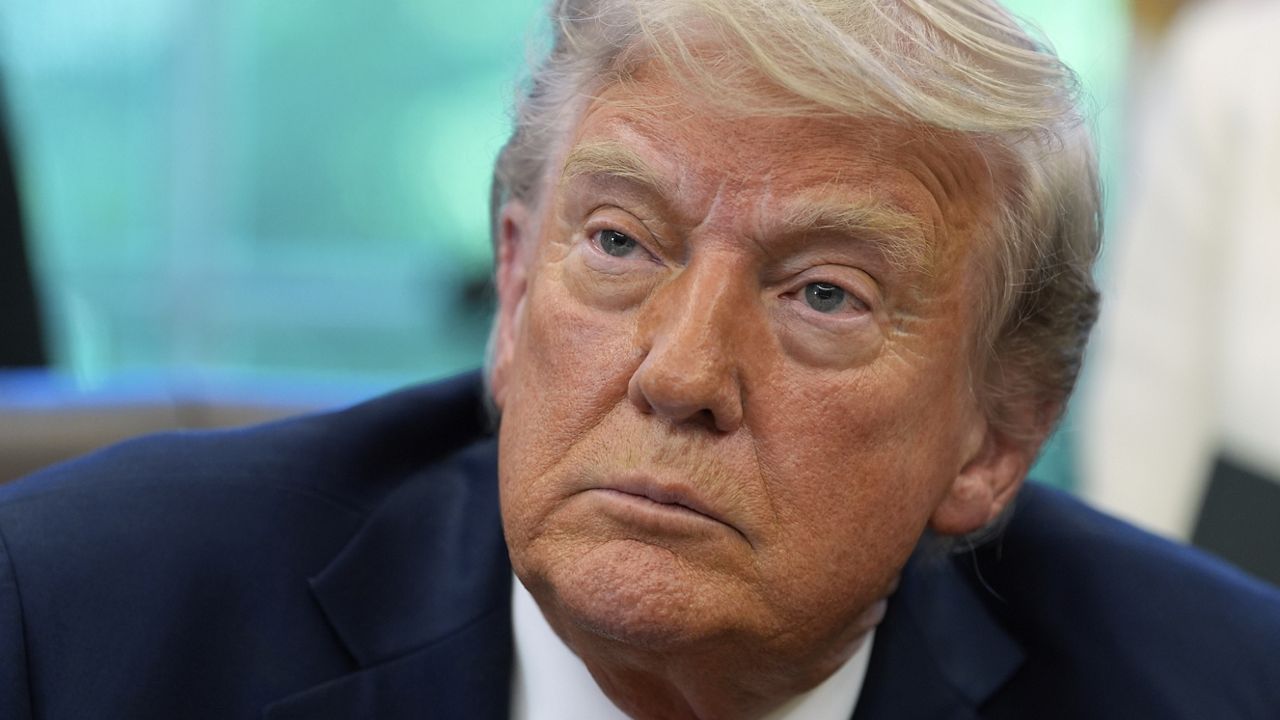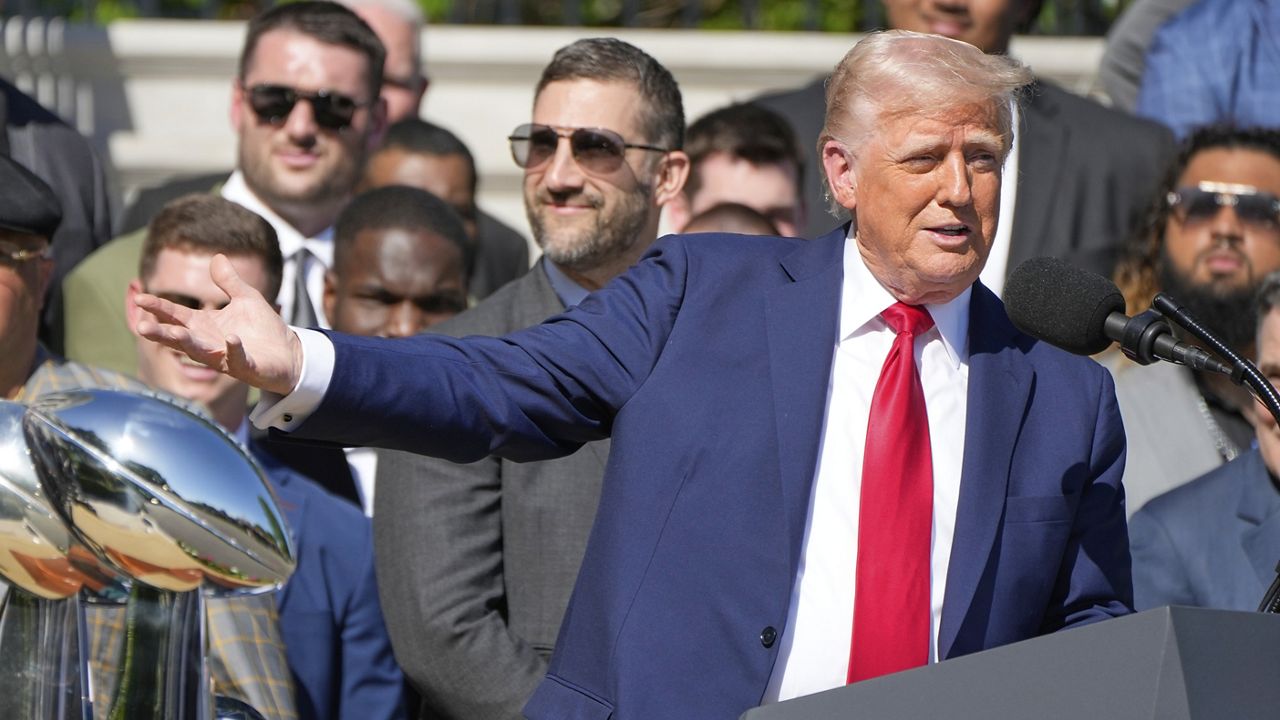In his first State of the Union address last year, President Joe Biden noted that things were very different the first time that he addressed a Joint Session of Congress shortly after taking office in 2021.
"Last year, COVID-19 kept us apart," Biden said last year, speaking to a crowd that was much larger and less masked than the year prior. "This year, we are finally together again."
Things will look different again Tuesday evening when President Biden addresses Congress.
The familiar sight of Nancy Pelosi over Biden's left shoulder will be replaced by newly minted House Speaker Kevin McCarthy, R-Calif., after Republicans captured the House in last year's midterms. And the address will be Biden's first to a divided Congress, with the GOP ending two years of Democratic control of both chambers.
And indeed, Biden's speech may reflect a divided Washington: The president is set to tout his "unity agenda" on Tuesday, a series of policy items like helping veterans, eradicating cancer and combatting the mental health and opioid crises which can garner bipartisan support.
But the president is also expected to tout his economic agenda, highlighting his efforts over the past two years to create jobs, fight inflation and improve the nation’s infrastructure. Much of his remarks will no doubt center on implementing key legislation, like the Bipartisan Infrastructure Law, the CHIPS and Science Act and the Inflation Reduction Act, the latter two of which were signed into law following Biden's State of the Union address last year.
Here's what President Biden said – and what he didn't say – at last year's State of the Union:
Biden's remarks last year took place less than a week after Russia's invasion of Ukraine.
“Six days ago, Russia’s Vladimir Putin sought to shake the foundations of the free world, thinking he could make it bend to his menacing ways,” Biden said in his remarks last March. “But he badly miscalculated. He thought he could roll into Ukraine and the world would roll over. Instead, he met a wall of strength he never imagined. He met the Ukrainian people.
“From President Zelenskyy to every Ukrainian, their fearlessness, their courage, their determination, inspires the world,” the president said.
The president extolled the importance of the NATO alliance in coming together quickly to punish Russia for its actions in Ukraine.
“American diplomacy matters,” Biden said. “American resolve matters. Putin’s latest attack on Ukraine was premeditated and unprovoked. He rejected repeated efforts at diplomacy. He thought the West and NATO wouldn’t respond. And he thought he could divide us at home.
“Putin was wrong,” he said. “We were ready.”
Since that speech, Biden's promises on Ukraine have largely held true. The United States has committed nearly $25 billion in military aid for Ukraine, including recently supplying high-tech battle tanks for the country's war effort against Russia. Biden has been credited with rallying NATO partners and other allies to stand firm in their support of Ukraine, including championing Finland and Sweden's bids to join the treaty alliance.
More than one year on, fighting still continues in Ukraine, with thousands of casualties on both sides.
The first year of Biden’s presidency was plagued by the coronavirus pandemic. In the time since, Americans have largely returned to their normal lives, or adjusted to the so-called "new normal."
“Thanks to the progress we have made this past year, COVID-19 need no longer control our lives,” he said last year. “I know some are talking about ‘living with COVID-19.’ Tonight, I say that we will never just accept living with COVID-19.”
When he took office, just over 15 million Americans were vaccinated against COVID-19; when Biden gave his speech last year, over 215 million were fully inoculated. As of Tuesday, 269 million Americans, or 81% of the population, were fully vaccinated, and now Americans have a variety of different options to deal with the virus – including new bivalent boosters that provide protection against specific variants and treatment options like Pfizer's oral antiviral therapy.
President Biden told Congress late last month that he intends to end the twin national emergencies for addressing COVID-19 on May 11, which would formally restructure the country's coronavirus response to an endemic threat.
The Biden administration has been pushing since last spring for additional funds to keep up the supply of things like vaccines, tests and treatments, but those efforts have not gotten through Congress.
Inflation has been a persistent problem throughout Biden's term in office, but signs that rising consumer prices have started to ease is a promising sign for Americans struggling.
Biden acknowledged in his speech last year that while job growth and the country's economic recovery, inflation has hit Americans hard. Rising consumer prices, including at the gas pump, have hurt Americans’ wallets and been a source of contention for the president’s critics.
“Too many families are struggling to keep up with their bills,” Biden said. “Inflation is robbing them of gains they thought otherwise they would be able to feel. I get it. That's why my top priority is getting prices under control.”
Gas prices began rising before Russia's invasion of Ukraine, and continued to soar until peaking at an all-time high of $5 per gallon nationwide in mid-June of last year. Gas prices have since leveled off, sitting at a nationwide average of $3.45, according to AAA, roughly the same as one year ago.
Biden announced at last year's State of the Union a release from the Strategic Petroleum Reserve to "help blunt gas prices here at home," a move criticized by Republicans, though the president has since begun buying oil to refill the reserve – at much lower prices than the oil was sold for.
The Federal Reserve has also hiked interest rates aggressively in a bid to fight inflation, which has fallen in recent months. Inflation eased to 6.5% in December compared with 12 months earlier, the government said Thursday. It was the sixth straight year-over-year slowdown. On a monthly basis, prices actually slipped 0.1% from November to December, the first such drop since May 2020.
While Biden covered a range of issues at last year's State of the Union, there were some topics he glossed over or didn’t address at all, drawing criticism from members of both parties.
The Build Back Better bill, a sweeping $3.5 trillion social spending a climate change bill, was a major topic during Biden's first year in office – and provided a major thorn in the president's side.
The bill, which was loaded with progressive priorities like limiting child care costs, lowering prescription drug costs, renewing the expanded child tax credit, was scuttled after moderate Democrat Sen. Joe Manchin said he could not support the proposal.
Biden never uttered the phrase “Build Back Better” during his speech last year, but he did propose that Congress pass many of the items in the stalled bill as a way of helping families financially, especially as they’re grappling with rising prices. Similarly, the president mentioned climate change just twice — once while touting the national network of electric vehicle charging stations being added through the Bipartisan Infrastructure Law and again when discussing cutting energy costs to help families financially.
Rep. Alexandria Ocasio-Cortez, D-N.Y., called it a “lost opportunity.”
“There is profound bipartisan support a long-term shift away from fossil fuels,” she said during an interview with MSNBC at the time. "Not only that, but the opportunities to build wind and solar out, as well as many other forms of clean energy, can have the potential to create millions of union jobs in the United States.”
A few months later, lawmakers ultimately came to an agreement on the Inflation Reduction Act, a sweeping climate, health care and tax reform bill that President Biden signed into law in August of last year. The measure includes the largest-ever investment to fight climate change, health care provisions including a $35 per month cap on insulin for Medicare recipients, and the imposition of a new minimum corporate tax.
The bill passed the House and Senate without Republican support.
The president in his speech last year did not mention the possibility of forgiving student loan debt, opening him up to criticism from progressive members of his party.
In a speech following Biden’s address, Rep. Rashida Tlaib, D-Mich., called on the president to use his executive powers “now” to cancel student loan debt.
“I was disappointed to hear the lack of intention to #CancelStudentLoans as promised from @POTUS in #SOTU,” Rep. Raul Grijalva, D-Ariz., wrote on Twitter.
Rep. Ayanna Pressley, D-Mass., tweeted: “yes, #CancelStudentDebt. Let’s get it done.”
A few months later, President Biden announced his plan to forgive $10,000 in student loans for borrowers in the United States making less than $125,000 per year, or $20,000 for Pell Grant recipients, fulfilling a long-delayed campaign promise.
The proposal, cheered by borrowers, activists and progressives alike, has faced numerous challenges from Republicans and right-wing groups since it was announced, arguing that Biden does not have the unilateral authority to cancel student debt. The Supreme Court is set to hear arguments in two cases challening the plan later this month, and dozens of Republican lawmakers recently signed onto amicus briefs urging the justices to block the plan.
Spectrum News' Austin Landis, Rachel Tillman, Ryan Chatelain and David Mendez contributed to this report.
The Associated Press contributed to this report.





